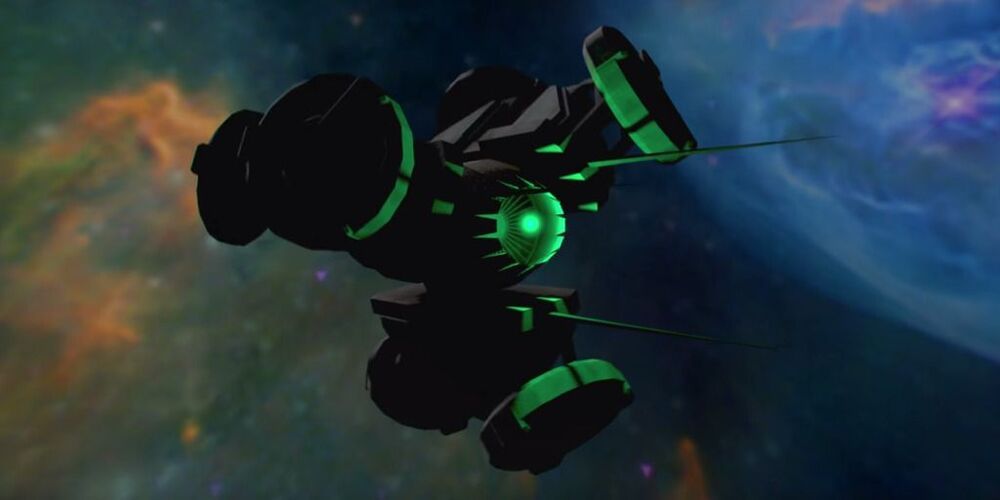Circa 2016
Scientists and engineers since the 1940s have been toying with the idea of building self-replicating machines, or von Neumann machines, named for John von Neumann. With recent advances in 3D printing (including in zero gravity) and machine learning AI, it seems like self-replicating machines are much more feasible today. In the 21st century, a tantalizing possibility for this technology has emerged: sending a space probe out to a different star system, having it mine resources to make a copy of itself, and then launching that one to yet another star system, and on and on and on.
As a wild new episode of PBS’s YouTube series Space Time suggests, if we could send a von Neumann probe to another star system—likely Alpha Centauri, the closest to us at about 4.4 light years away—then that autonomous spaceship could land on a rocky planet, asteroid, or moon and start building a factory. (Of course, it’d probably need a nuclear fusion drive, something we still need to develop.)
That factory of autonomous machines could then construct solar panels, strip mine the world for resources, extract fuels from planetary atmospheres, build smaller probes to explore the system, and eventually build a copy of the entire von Neumann spacecraft to send off to a new star system and repeat the process. It has even been suggested that such self-replicating machines could build a Dyson sphere to harness energy from a star or terraform a planet for the eventual arrival of humans.
